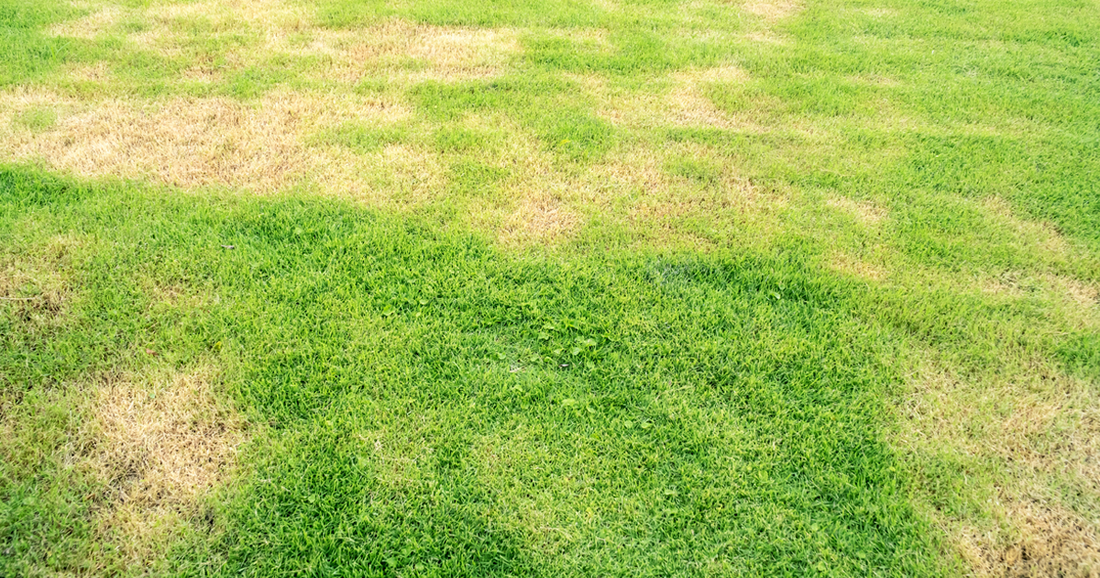Thirsty Grass: Essential Tips for Lawn Care During Dry Weather
After a week of glorious sunshine and promises of warmer weather on the way - can your lawn handle it? Just like the plants in your flower beds, your lawn will need watering to make sure it stays green. Knowing how to water a lawn the right way is critical to the overall health of your lawn. If you feel your grass is lacking vibrancy, try these watering tips to give it a boost:
The frequency and amount of water you apply to grass vary, depending on soil, time of year, weather conditions, type of grass, and so on.
| Soil type | Water absorption |
|---|---|
| Sandy | Absorbs water quickly; needs water more frequently |
| Clay |
Absorbs water slowly; can cause runoff when water applied too quickly; |

Water to the proper depth
Moisture should penetrate to about 25-50mm deep. Anything less will mean the lawn dries out quickly. On the other hand, applying water that penetrates much deeper is wasteful because most grass roots don’t grow longer than that.
TIP: Check how deeply the water penetrates your lawn by probing the ground with a stiff metal rod. The rod moves easily through wet soil and then stops, or becomes difficult to push, when it reaches dry soil.

Avoid runoff
If you apply water faster than the lawn can absorb it, which happens with many types of sprinklers, the water runs off into street gutters and into oblivion. That’s wasteful, so don’t do that. Instead, water in short intervals of about 10-15 minutes, turn off the water (or move the sprinkler) to let the water soak in, and then turn the sprinkler back on for another 10-15 minutes. The other method is to remove thatch, a layer that builds up near the surface of a lawn and dramatically slows water penetration.

Water in the morning
Water at times when the moisture is likely to soak in rather than evaporate; early morning or late evening is the best. Morning watering gives the lawn a chance to dry off before evening, which can protect your lawn from disease.

Watch your lawn and make appropriate adjustments
If the lawn doesn’t seem to dry out between watering, stretch the intervals in between. If the water doesn’t get deep enough, apply a little more at each watering, but water less often. It’s all about knowing your lawn and how it reacts to the watering pattern you have put in place.
While you can't prevent drought, you can take measures to prevent the damage drought causes your lawn. Your local GreenThumb team are now booking in Oasis treatments. Oasis will prevent your lawn from becoming dry and scorched, as once treated, it will keep subsequent moisture attached to the root zone and therefore reduce the amount of watering needed to keep your lawn looking greener during dry conditions. You will still have to water your garden as all plants need water to survive. However, this can be reduced by up to 50-80%, terrific if you have a water meter. Find out more here.


